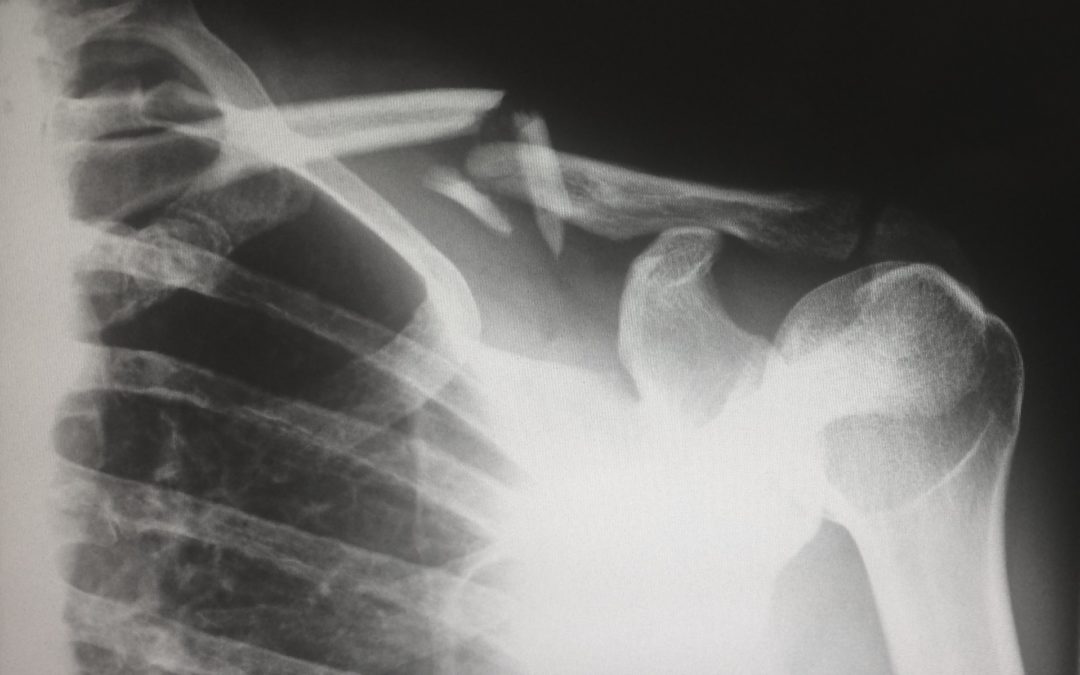What is Bodily Injury Coverage?
Bodily injury coverage is a part of a driver’s insurance policy that represents the maximum amount the “at fault” driver’s insurance company will pay out if the driver causes an accident. In New Mexico, as of 2021, every driver must maintain a minimum of $25,000 worth of such insurance. However, it is strongly recommended that any driver obtains much more than that because the increase in monthly premiums are negligible when viewing the substantial benefit. For instance, let’s say Car 1 rear-ends another driver, Car 2, barring unique circumstances, the rear-ending driver is deemed at fault. Now, let’s say the Car 1 only carries that minimum $25,000 insurance policy, but the injured in Car 2 breaks their sternum and damages their spine. If their medical bills top $50,000, their case is easily worth $150,000 in damages when a modest pain and suffering multiplier is employed. Now, Driver 1 has risked their personal assets because their policy maximum of $25,000 may be rejected by Driver 2. This leads us to the very important topic of Uninsured Underinsured Motorist Coverage. Please see the companion top Blogs at Coleman Law Offices for more insight.
What is Underinsured Motorist Coverage?
Underinsured Uninsured Motorist Coverage (“UM/UIM” hereinafter) is a very important yet narrowly understood concept that requires analysis in many car accident cases. We discussed in the blog about Bodily Injury Coverage, a fact pattern wherein the at fault driver lacked sufficient bodily injury coverage to properly compensate the injured party. An analysis of the injured party’s UM/UIM coverage could save the day in such an instance. Many drivers do not know they have a knight in shining armor on their policy called Uninsured Underinsured Motorist Coverage. This means if the at fault driver carried no coverage for bodily injury (Uninsured) or insufficient coverage (Underinsured) the injured driver’s very own insurance policy can come in and cover those shortcomings. For instance, lets piggy back on the scenario discussed in the bodily injury blog. Driver 1 rear ends Driver 2, and Driver 2 is owed $150,000 at least in compensation, but Driver 1 only has $25,000 Bodily Injury Coverage to Offer. In this scenario, Driver 1 can offer policy limits of $25,000. Driver 2 can then turn to their very own insurance policy and ask them to pitch in the remaining necessary $125,000 to make them whole. Even more coverage can be available to Driver 2 if stacking is employed, see companion Blog.
What is Stacking?
Now that you understand the fundamentals of Uninsured Underinsured Motorist Coverage (“UM/UIM”), it’s imperative to understand the concept of stacking. Stacking means that when the injured drivers UM/UIM policy is utilized to make them whole for the injuries the negligent or at fault party caused but cannot compensate them for, they can also stack coverage. Who can stack coverage? The injured Party can stack their UM/UIM coverage with all of the cars in their household. For instance, if Driver 1 who was at fault only maintained $25,000 in bodily injury coverage, and the damages required a payout of $150,000 to injured Party, but injured Party only had $50,000 per vehicle in their household then the analysis may require stacking. If injured Party receives at fault drivers $25,000 then they still need $125,000 compensation, they can stack their coverage for the three vehicles in their household to $150,000 or $50,000 each and reach that necessary $125,000 threshold. It’s important to note insurance companies are attempting to “waive stacking” more and more. This means that even though a holder of their policy has UM/UIM coverage, they may have signed away stacking. Such waiving requires informed consent and the signature of the policy holder.
